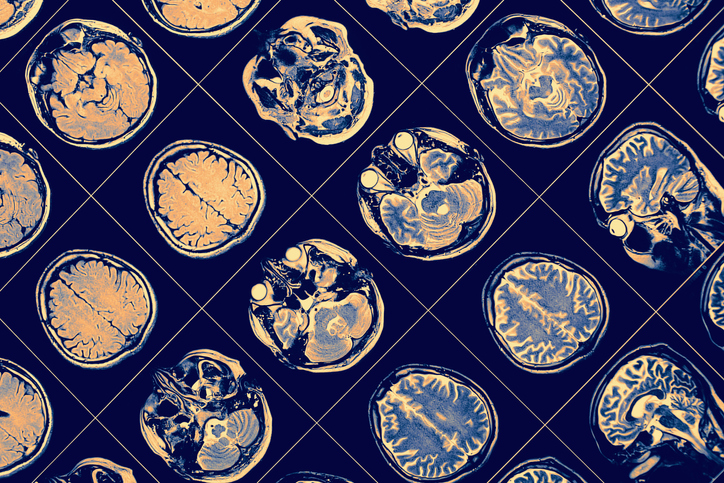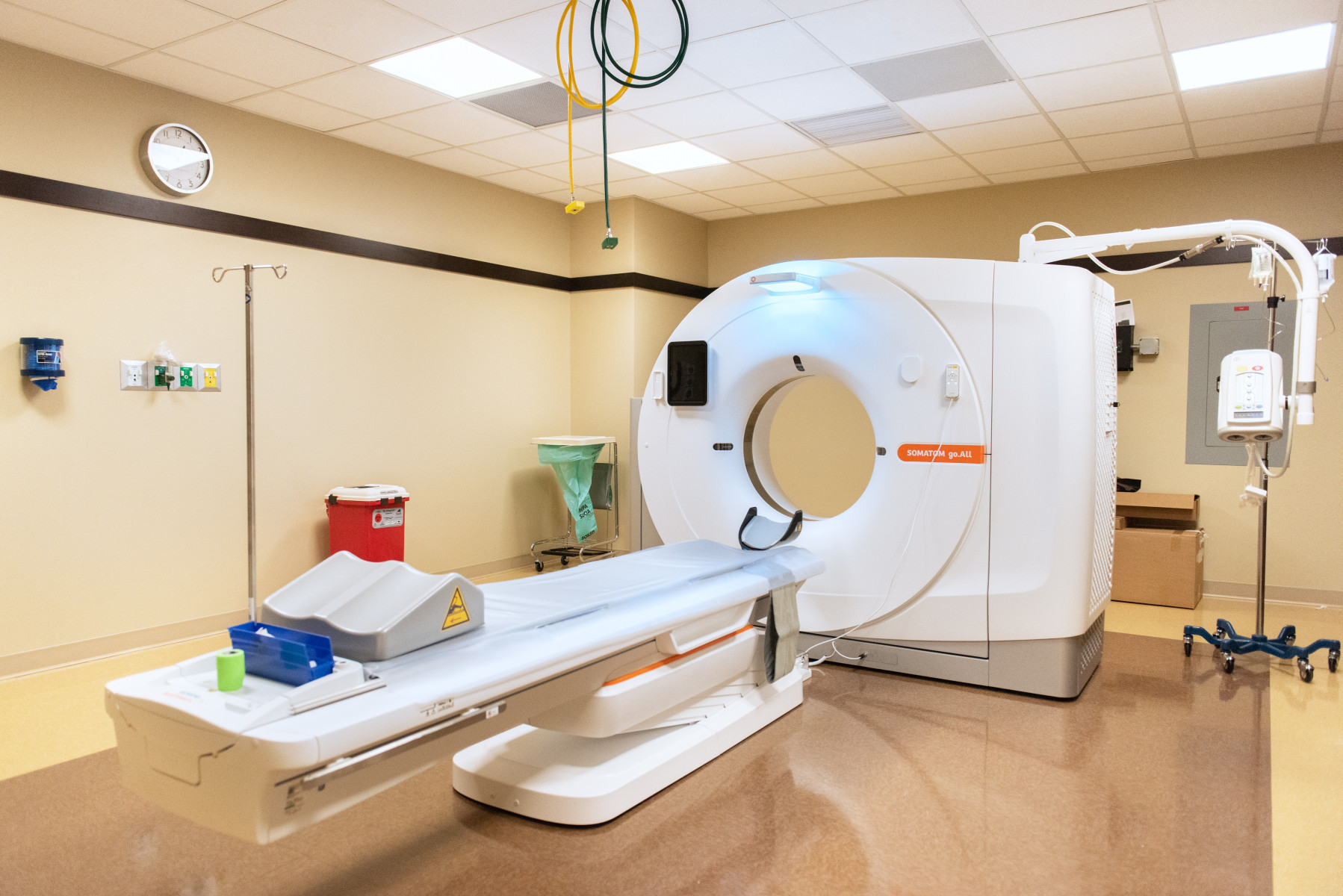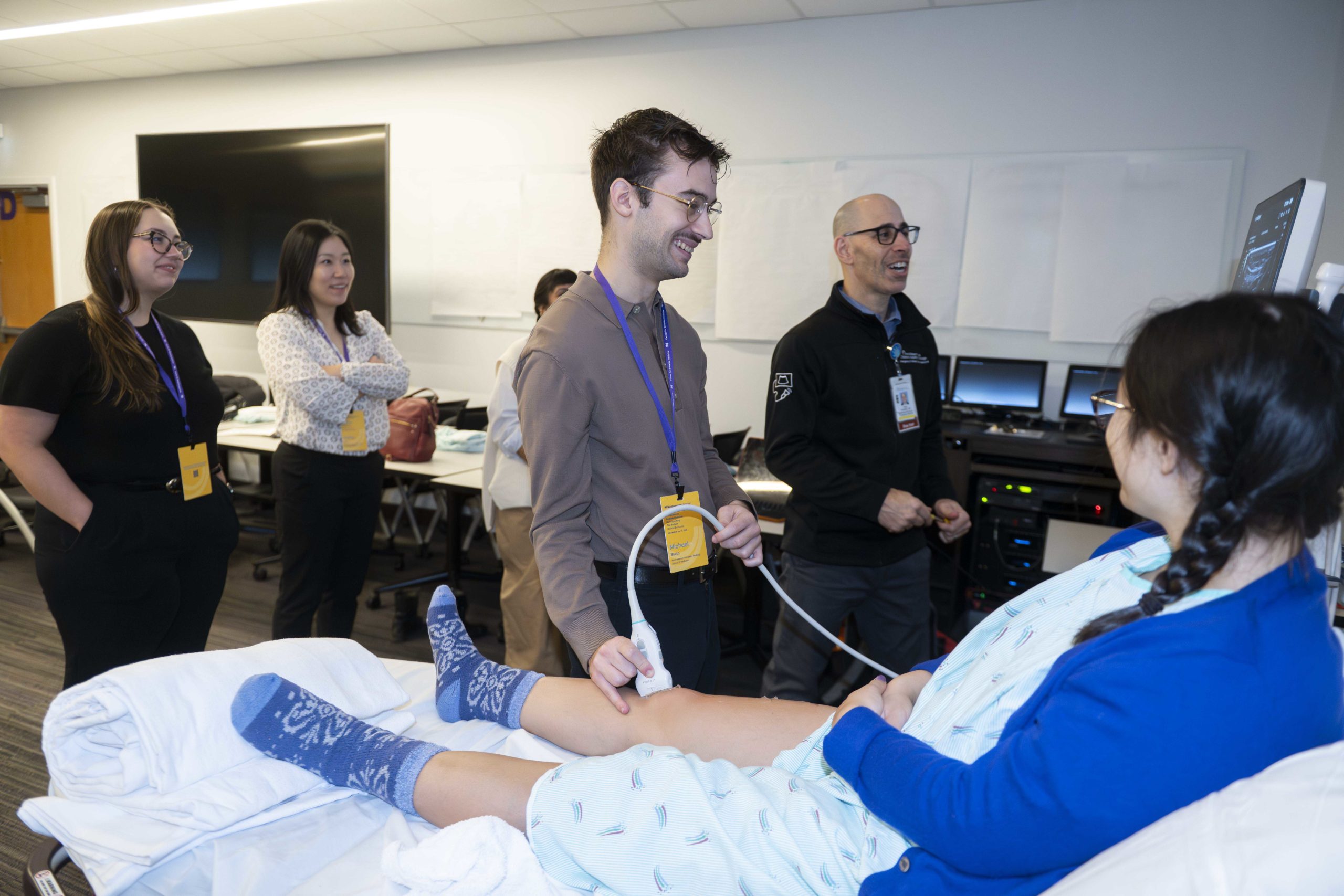Tag: Neurology
-
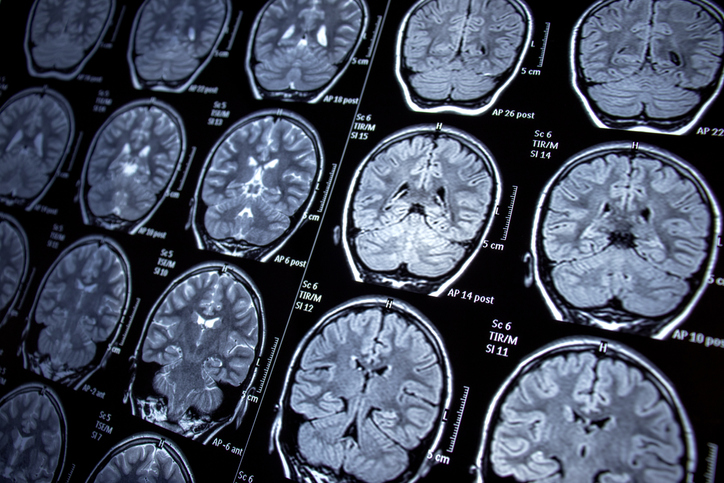
Predicting Risk of Sudden Death in Epilepsy
An international team of scientists has identified critical risk factors that could help predict sudden unexpected death in epilepsy, according to a study published in The Lancet.
-
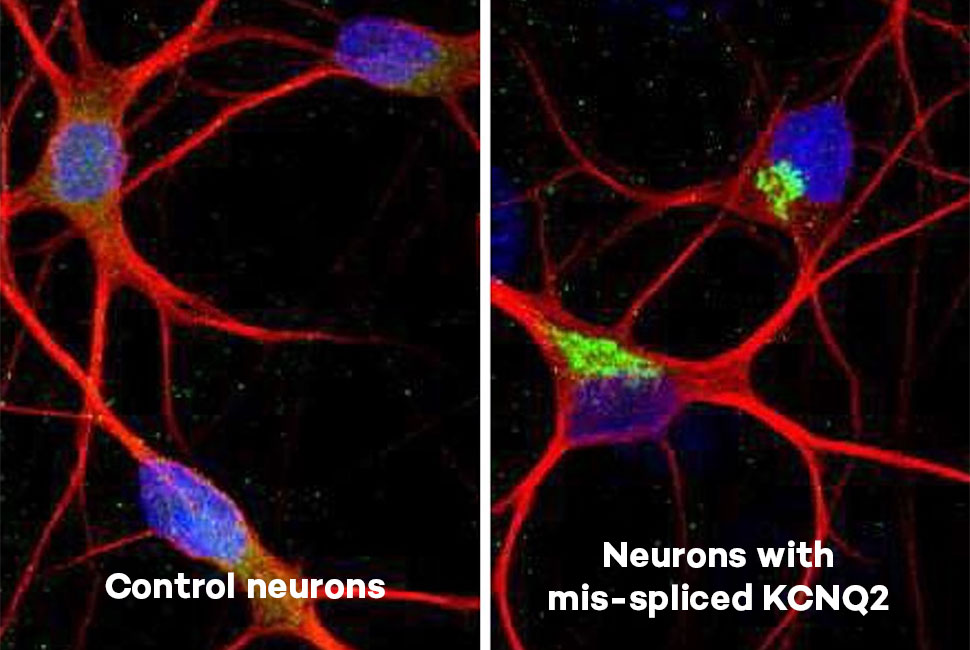
A New Clue to ALS and FTD: Faulty Protein Disrupts Brain’s ‘Brake’ System
A new Northwestern study has uncovered how a key disease protein drives overactive nerve cells in neurodegenerative diseases like ALS and frontotemporal dementia.
-

Minimally Invasive Surgery May Improve Outcomes in Severe Stroke
Minimally invasive endoscopic surgery may be an effective and safe treatment for patients with intracerebral hemorrhage, the most severe type of stroke, according to results from a recent clinical trial published in JAMA Neurology.
-

Surge in Rare Pediatric Brain Disorder Linked to Flu Season
A surge in a rare but devastating brain disorder in children has been linked to the 2024-2025 flu season, according to a nationwide study published in JAMA.
-
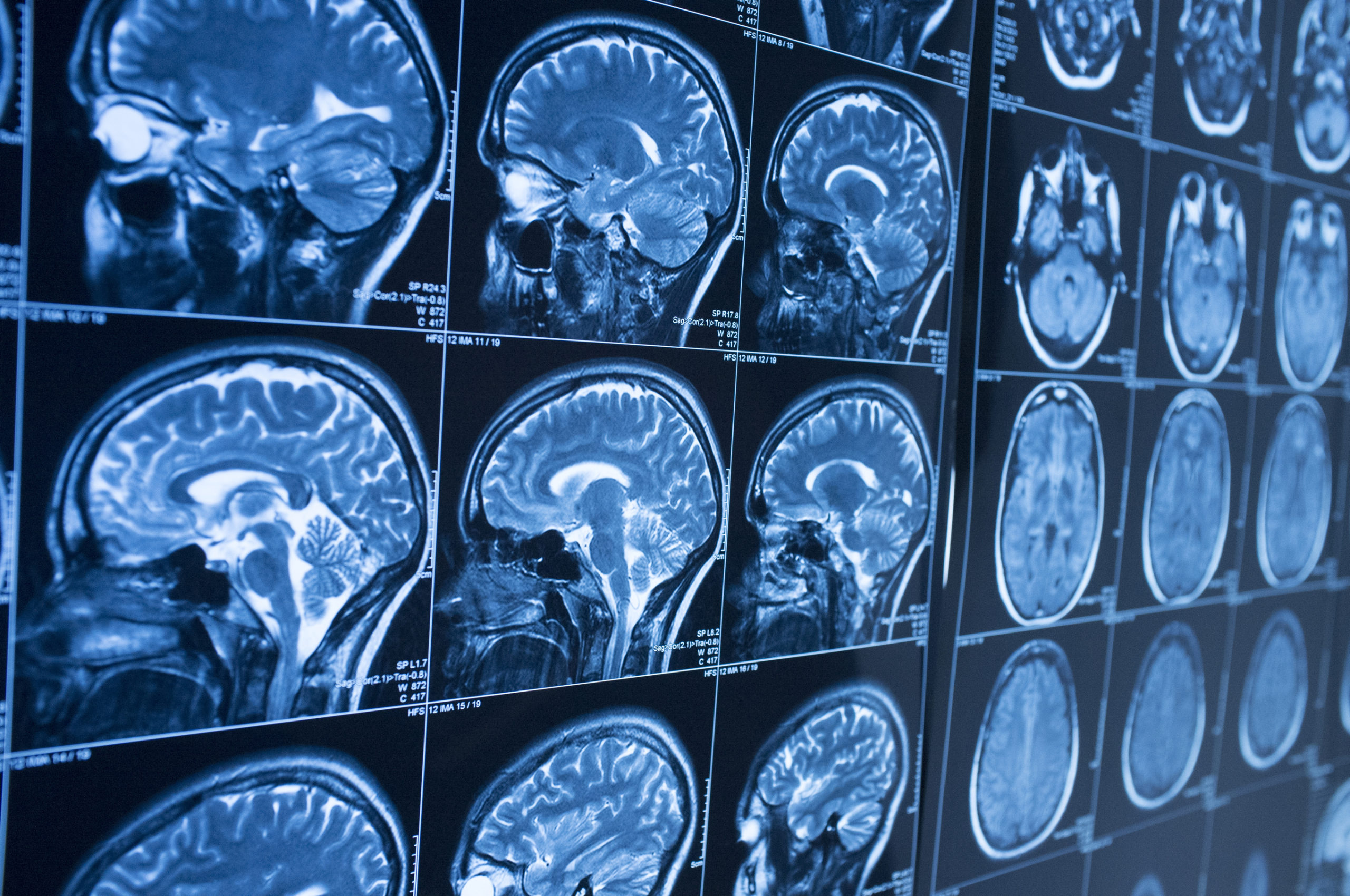
Les Turner ALS Foundation to Make $500,000 Gift to Northwestern Research
The Les Turner ALS Foundation has announced that it will make a $500,000 gift to support ALS research at Feinberg; the historic gift will support researchers in pursuit of a cure for the disease during a federal funding freeze on Northwestern research.
-

Exploring the Role of Non-Coding RNA in Gene Regulation
A new study has revealed that a long non-coding RNA plays a far more extensive role in regulating gene expression than previously understood, according to findings published in Nature Communications.
-
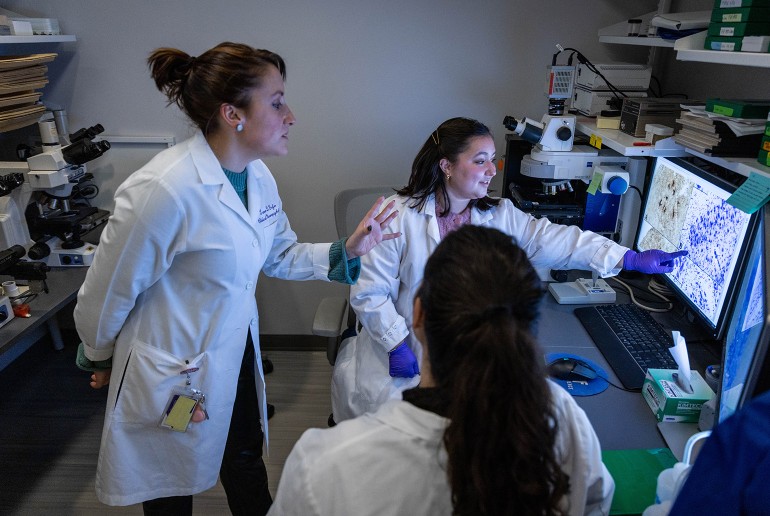
What Makes a SuperAger?
Over a quarter-century of research, Northwestern scientists have been studying individuals over eighty with memory capacity of people at least three decades younger, to identify the biological and behavioral traits associated with “SuperAging.”
-
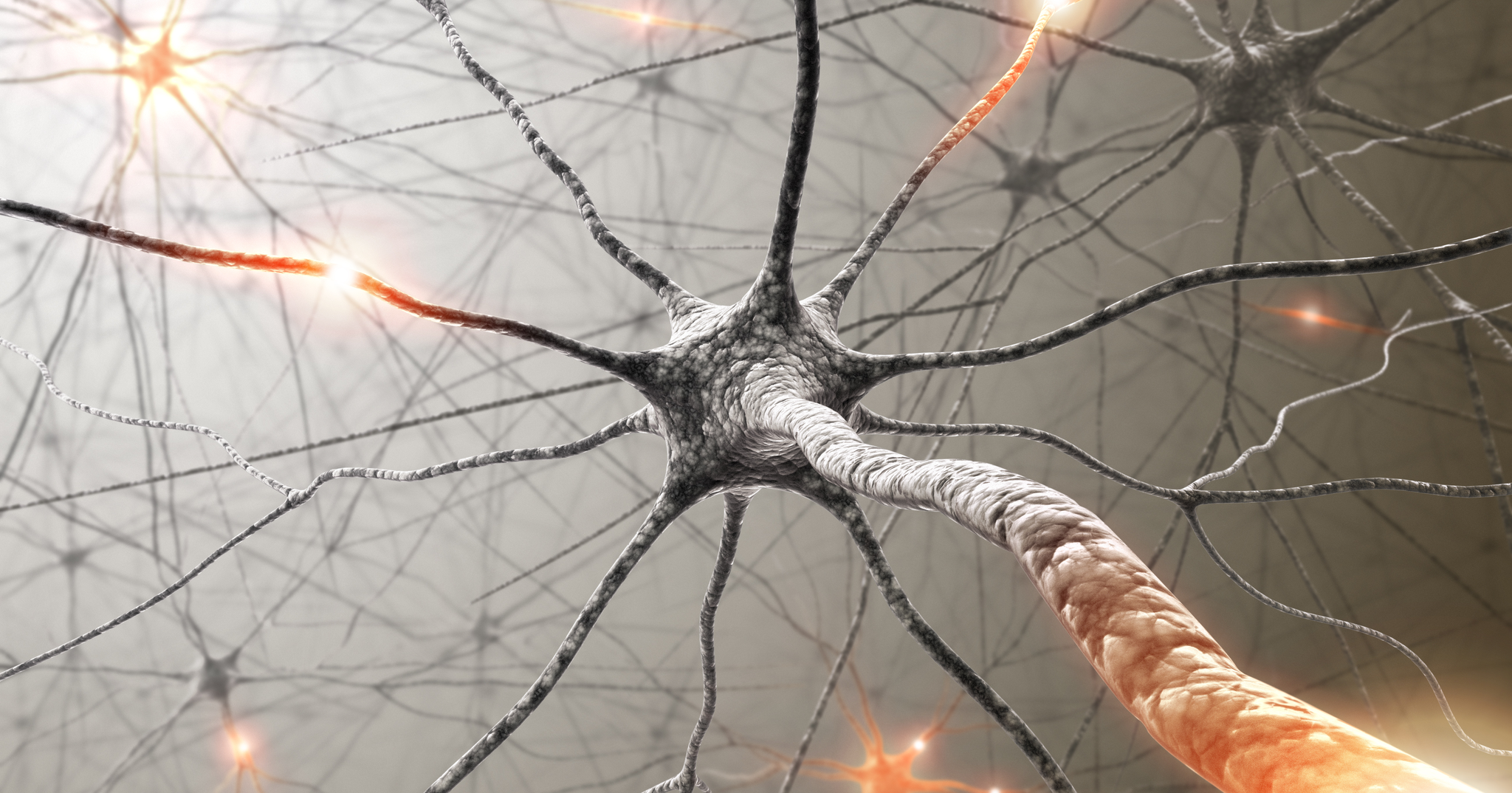
Memories Drift Across Neurons Over Time
In a new study published in Nature, Northwestern neurobiologists have found that the brain’s internal GPS changes each time we navigate a familiar, static environment.
-

Scientists Discover a Possible Environmental Trigger for Parkinson’s Disease
New Northwestern Medicine research has found that a usually harmless virus might be an environmental trigger or contributor to the development of Parkinson’s disease.
-
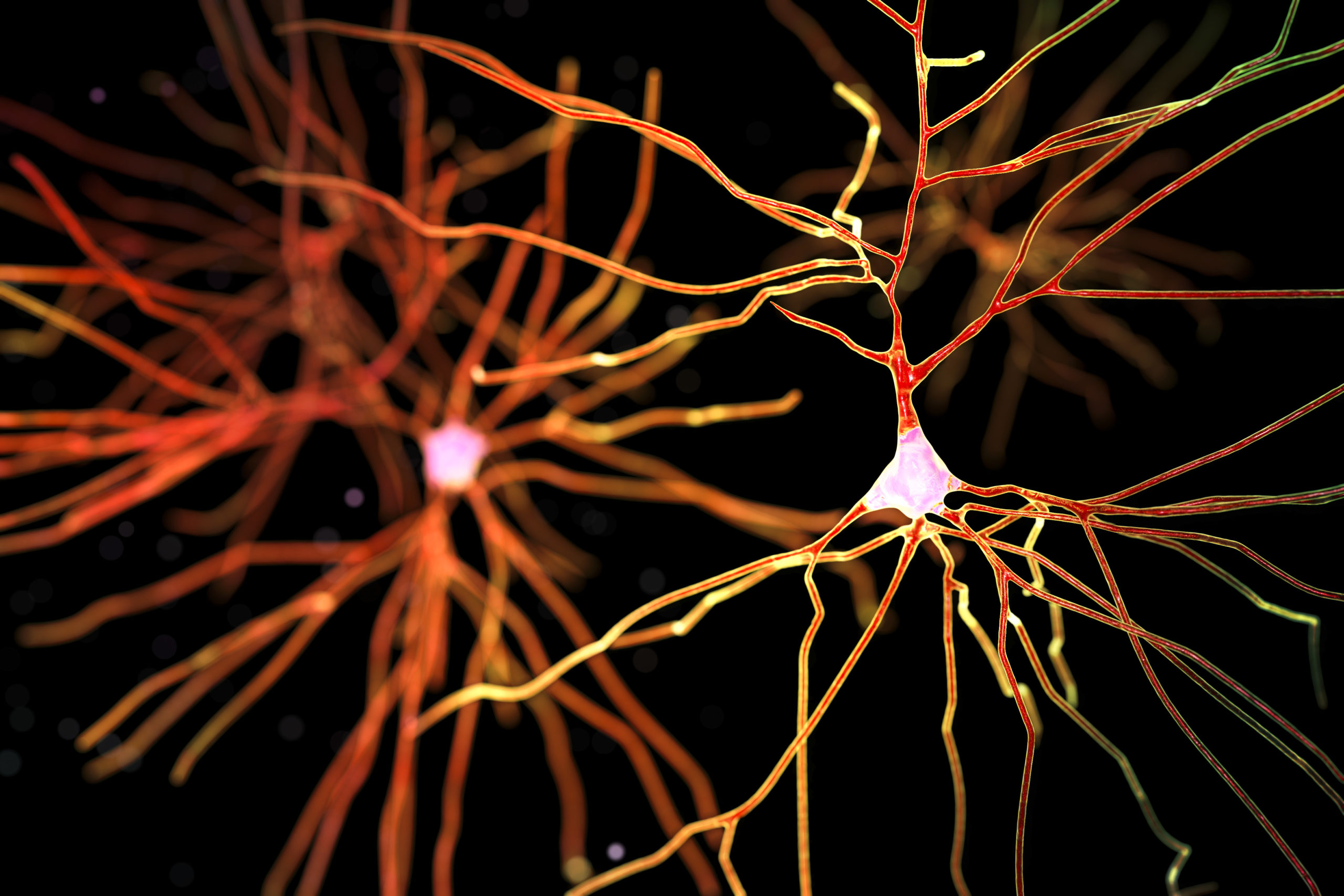
AI Imaging Approach May Help Identify Parkinson’s Sooner
An artificial intelligence-based imaging approach may be an effective tool for distinguishing patients with Parkinson’s disease from those with other closely related diseases sooner than current methods, according to a recent study published in JAMA Neurology.

